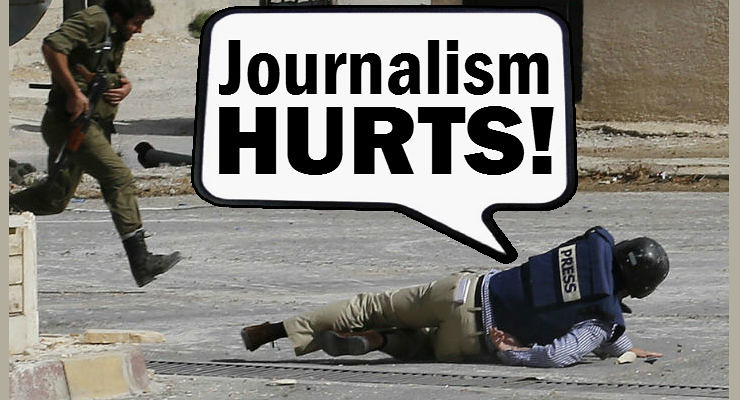 This article by Elisabeth Witchel is published by the Committee to Protect Journalists (CPJ). Here is an excerpt:
This article by Elisabeth Witchel is published by the Committee to Protect Journalists (CPJ). Here is an excerpt:
In 2018, journalist Mohammad Shubaat was in Daraa, Syria, caught between advancing forces aligned with Syrian President Bashar al-Assad and the closed borders of Israel and Jordan. Despite the dire threat to Shubaat and many of his colleagues, it would take over a year of intense negotiations with some 20 countries by the Committee to Protect Journalists and partner groups to find safe havens for the 69 at-risk journalists CPJ identified, including him.
When journalists are forced to flee their countries, factors such as criminal charges and lack of access to visas often force them to undertake perilous journeys that land them in unprotected environments. And once they have fled, journalists face a new set of challenges. CPJ has worked on hundreds such cases since the Journalist Assistance program was launched 20 years ago, and found that exile has become its own form of censorship. Some face direct intimidation, such as physical attacks in their new homes or threats to the family members they left behind, while many more are pushed out of the profession because of difficulties finding employment and language barriers in their new environments.
A November 2020 report by a panel of legal experts found most journalists at risk are “unable to move to safety in time because the pathways open to them are too few in number and those that do exist are too slow, burdensome and difficult to navigate to be capable of providing practical and effective recourse.” The panel called on states to “introduce a new emergency visa for journalists at risk,” which would allow journalists to quickly flee danger in their home countries and gain temporary refuge. CPJ endorsed this recommendation, having found over 20 years of helping hundreds of journalists flee that when they are able to travel quickly to safe, supportive environments, they are far more likely to continue in the profession and eventually return home.
Read the full article here.
Leave a Reply